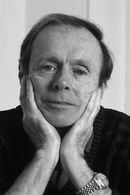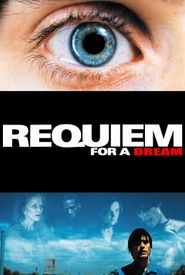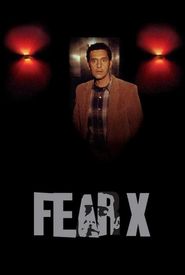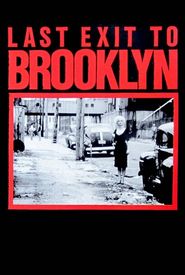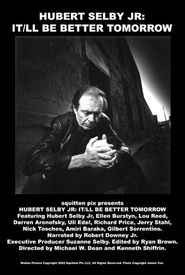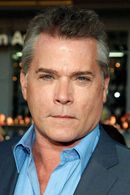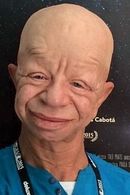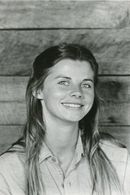Hubert Selby Jr. was an American writer born and raised in New York City, the son of Hubert and Adalin Selby. His father, a merchant seaman and former coal-miner from Kentucky, settled in the Red Hook district of Brooklyn, where Hubert Jr. attended various New York state schools, including Peter Stuyvesant High School, before dropping out at the age of 15.
During his third year at sea, Selby contracted tuberculosis and was hospitalized for three years, undergoing experimental treatment with streptomycin and surgery to remove 10 ribs to operate on his lungs. The treatment saved his life but left him with acute pulmonary problems that persisted for the rest of his life.
After leaving the hospital, Selby struggled with addiction and ill-health, eventually marrying and becoming a stay-at-home father while his wife worked in a department store. During this period, he made friends with several writers, including Gilbert Sorrentino and Amiri Baraka, who encouraged his literary efforts.
Selby held various jobs, including secretary, insurance analyst, and freelance copywriter, while working on a collection of short stories called "The Queen in Dead," based on the people he met in bars near the army base in Brooklyn. Several of these stories appeared in small literary journals, including "Black Mountain Review," "New Directions," and "The Provincetown Review."
His decision to publish the story "Tralala" in "The Provincetown Review" led to an obscenity trial, which was eventually dismissed on appeal. Selby's collection of loosely linked stories, "Last Exit to Brooklyn," was published in 1964 by Grove Press, receiving mixed reviews but praise from Allen Ginsberg as a work that would "still be eagerly read in a hundred years."
The book drew attention from British authorities, who initiated a private prosecution against the publisher, Marion Boyars, and John Calder. The trial lasted nine days, and although a guilty verdict was returned, an appeal led by John Mortimer was successful, marking a turning point in British censorship laws.
Selby continued to write, producing novels such as "The Room" (1971),"The Demon" (1976),and "Requiem for a Dream" (1978),which dealt with themes of sexuality, addiction, and violence. His later work included "Song of the Silent Snow" (1986),"The Willow Tree" (1998),and "The Waiting Period" (2001),as well as collaborating on a screen adaptation of "Requiem for a Dream."
Selby taught creative writing part-time at the University of Southern California at the time of his death, leaving behind a legacy as a writer known for his uncompromising subject matter and his ability to tackle difficult themes with unflinching honesty.
